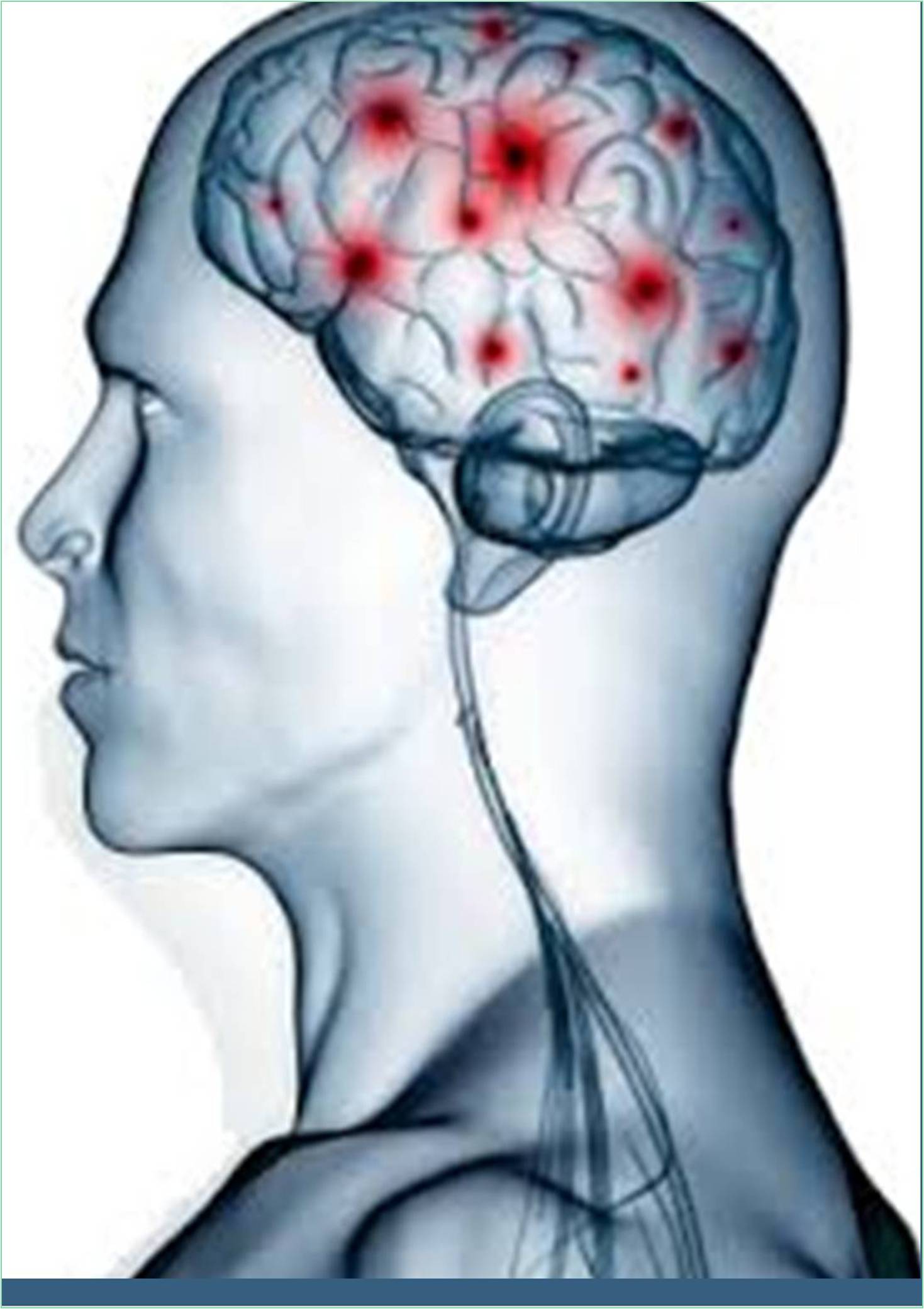



Received: 25-Nov-2022, Manuscript No. GJNN-22-85341; Editor assigned: 28-Nov-2022, Pre QC No. GJNN-22-85341 (PQ); Reviewed: 12-Dec-2022, QC No. GJNN-22-85341; Revised: 19-Dec-2022, Manuscript No. GJNN-22-85341 (R); Published: 28-Dec-2022, DOI: 10.15651/2449-1942.22.10.013
Brainstem gliomas, as their name suggests, develop in the area of the brain stem. They are concentrated in the pons around 60% of the time, but they can also emerge from the midbrain or medulla and spread past the brainstem. They make up less than 2% of adult gliomas but roughly 20% of all juvenile primary brain tumours.
Symptoms and signs
The following are typical presenting signs and symptoms:
• Dual perception
• Weakness
• Erratic gait
• Having trouble swallowing
• Dysarthria
• Headache (most common presenting symptom in adults) (most common presenting symptom in adults)
• Drowsiness
• Nausea
• Vomiting
• Children's seizures or altered behaviour (rare)
• Deterioration in older children's handwriting and speech
Common clinical findings on physical examination can be summed up as a triad of ataxia, long tract symptoms, and cranial nerve abnormalities (of trunk and limbs). There may be papilledema. The sixth and seventh cranial nerves are frequently affected. There may be a primaryposition, upbeating nystagmus as well as facial sensory loss. Brainstem gliomas are also characterised by crossed deficits, which are facial symptoms oblique to arm or leg symptoms.
Following are some indications that point to particular tumour locations:
• Pontine gliomas are a cause of stunted growth in infants and young children.
• Cranial nerve III or IV involvement - a mesencephalic component
• Tumors in the fourth ventricle or periaqueductal areas are associated with hydrocephalus.
The following symptoms could be present in tectal lesion patients:
• Vomiting, nausea, and headache
• Diplopia
• Parinaud disease
• The following symptoms could be present in patients with cervicomedullary lesions:
• Nausea, vomiting, nasal speech, shakiness, and weakness
• Facial sensory loss (involvement of the trigeminal nucleus)
• Due to involvement of the lower cranial nerves, dysphonia and/or dysphagia (commonly IX and X)
• Long tract indicators
• Ataxia
• Ocular myoclonus with downbeat nystagmus (medullary involvement)
For brainstem gliomas, the following tests may be performed:
• The preferred diagnostic test is an MRI of the head.
• When MRI is unavailable, a CT scan, which is less accurate than MRI, should be used.
• Examining the CSF is frequently done to check for other brainstem-related illnesses.
• Arteriography: Occasionally helpful in distinguishing gliomas from vascular lesions, including malignancies
• In general, laboratory analyses of blood chemistry and associated bodily fluids are useless. Although advised, tissue confirmation is not always practical.
In order to treat brainstem gliomas, one could do the following:
• Targeted radiotherapy
• Chemotherapy
• Resection/biopsy surgery
• Some adult patients who have the following may be evaluated for observation-only care:
• Tectal lesions
• A cervical medulla lesion
• Long-lasting mild symptoms
• Targeted radiotherapy
• Is still the mainstay of care for brainstem gliomas.
• Can make the patient's situation better or more stable.
• Any patient who has serious and persistent neurologic symptoms should receive this treatment.
• Traditional radiation dosages vary from 54 to 60 Gy.
• Patients with exophytic malignancies have superior reported radiation therapy survival rates.
• Some patients with high-grade histology may benefit from chemotherapy with drugs like temozolomide (glioblastoma)
• Some patients may benefit from chemotherapy after recurrence.
• Conventional chemotherapy drugs like temozolomide and carboplatin/vincristine are examples.
• The use of antiangiogenesis medications, such as thalidomide and bevacizumab, has been successful in treating supratentorial gliomas, but has had mixed results in treating brainstem gliomas.
• Encourage patients to sign up for clinical trials (if available)
Operative Resection
Radiation therapy, chemotherapy, or both may be used in conjunction with surgical therapy. Although prudent use of biopsy/resection is not necessary for the diagnosis or treatment of brainstem glioma, it is advised when safe. In addition to providing tissue for molecular testing for prognosis and potential treatment implications, surgery may help with symptom control. In the following circumstances, it should be given special consideration
• Cervicomedullary junction tumours
• Fourth ventricle-protruding dorsal exophytic tumour
• Cystic growths
• Improving tumours with clear borders that take up more area
• Harmless tumours (ie, those with slow clinical progression)
The term "brain stem" refers to the portion of the brain between the aqueduct of Sylvius and the fourth ventricle where tumours called "brainstem gliomas" can develop. Many have split brainstem gliomas into three discrete anatomic locations-diffuse intrinsic pontine, tectal, and cervicomedullary-despite the fact that different techniques are utilised to define these tumours. The prognosis for intrinsic pontine gliomas is poor. The tectal and cervicomedullary gliomas are linked to longer survival. Additionally, the location of the tumor's genesis, its focal point, the direction and size of its growth, the degree of brainstem enlargement, the degree of exophytic growth, and the presence or absence of cysts, necrosis, bleeding, and hydrocephalus are all used to characterise tumours.